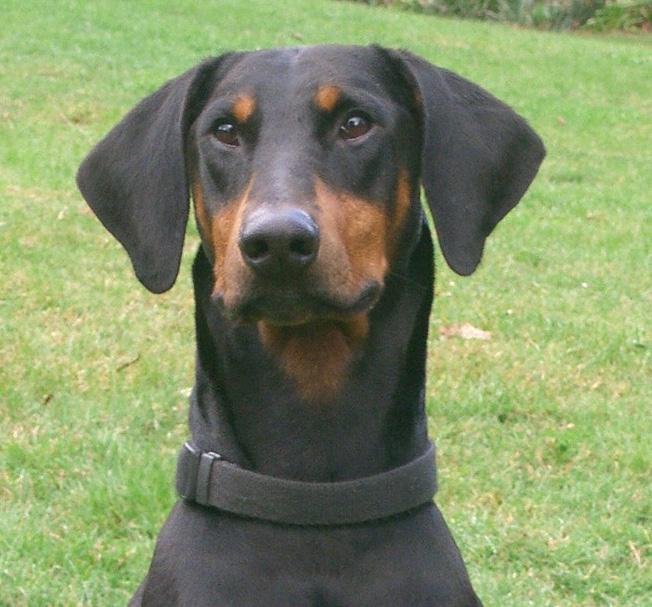
11 minute read
Breed Feature – The Dobermann
DOBERMANN
The Dobermann is bold, alert, fearless, wary of strangers, loyal and always willing to please his master, confident and courageous ... and above all he is a faithful companion with a deep love for his family and in particular young children.
The Dobermann compared to many other breeds is a modern dog. While some breeds can boast that their ancient images were found etched into the walls of Egyptian tombs or their remains discovered in one archaeological dig or another, the Dobermann cannot. The handsome dog that we know today takes its name from Karl Friedrich Dobermann born on the 2 February 1823 in the German town of Apolda situated in Thuringia. As to what Dobermann actually did do for a living is a matter of conjecture as he has been credited with a number of occupations by a number of authors. He was from all accounts a night policeman (watchman), a dog catcher, a supervisor in the local abattoirs, a flayer, an administrator of accounts at Niederrossa in Apolda, a tax collector of sorts, and occasional bailiff. But whatever he did for a living he obviously needed the aid of the four-footed working companion and had a flair for breeding good dogs. What happened was that the guard dog of his time in Apolda become more or less a type and were referred to ‘as a dog of Dobermann kind’. Later they were known as Dobermann Pinchers and today mainly referred to as the Dobermann, although the modern-day breed is a very refined dog compared to those tough nuts that worked the streets of Apolda where they were renowned for their cropped ears and docked tails which enabled the dogs to do their work without the added hazard of long ears and tails for other dogs or assailants to grab and hang on to. Dobermann did not actually start breeding his own dogs until the 1880’s when after years of living in apartments he was able to purchase a property of his own where he could pursue his passion of dog breeding. But he did have a good working companion called Schnupp who had a black coat with red markings and a lot of grey in the undercoat. Unfortunately, he was unable to breed from him as he was castrated at nine months. He did however have a good bitch with the same colourings called Bizart – this bitch turned out to be an excellent working dog, ideal for Dobermann to have at his side during his night patrols and his journeys on the sometimes dangerous tax collecting routs. She was also a good breeder, producing pups with black coats with red markings. Dobermann as a dog catcher had the added advantage
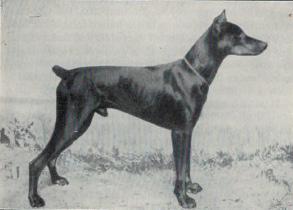
Prins Modern v. Ilm-Athen (1909)
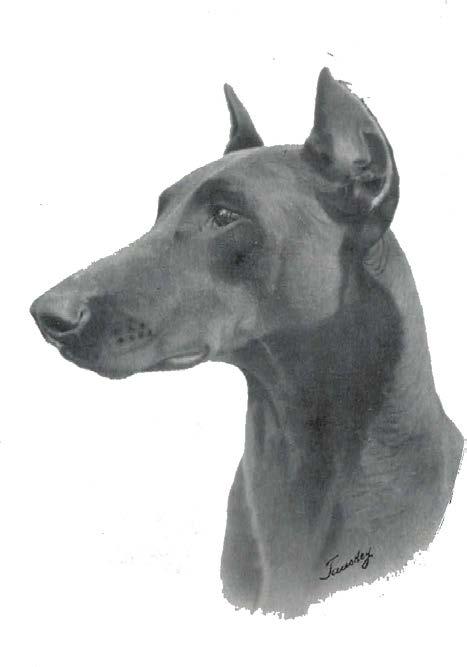
Alarich v.d. Thueringen (1897) Dobermann Pinscher Prins Favoriet v.d. Koningstad Desired goal for permanent head type.
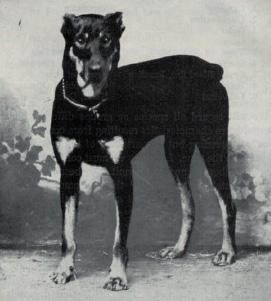
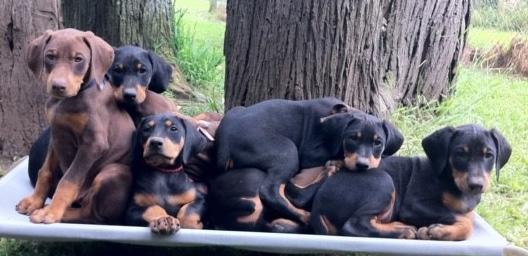
of being able to choose from the many dogs in the pound for his breeding. The type of dogs Dobermann was looking for, were around in significant numbers but they lacked uniformity. These dogs were referred to as Thuringia Pinscher or a Police Soldier Dog. Dobermann died in 1894 leaving behind him a line of dogs that established such a reputation and had become such a type that they became known as Dobermann Pinscher but they were not yet recognized by the German Dog Breeding Society that existed at the time. Even though it was generally acknowledged that the type that Dobermann favoured had been around for a long time, it was Dobermann that attempted uniformity both in appearance and performance.
There was at the time a Society for Breeding and Purifying Dogs in Apolda and once a year they organised a dog fair on the Sunday before Whitsunday. It was a colourful occasion with all the trapping of a popular fair and feast day. The Dobermann type at this time stood around 40 to 50cms in height, had almost wirehaired coats, were square in shape, had steep angulation, a short thick neck, a pear-shaped head with a strong greyish undercoat around the neck. They often had other yellowish markings. They were certainly very different from the breed as we know it.
Unfortunately, Dobermann did not leave any breeding records behind so there was no solid evidence as to what breeds he did actually use. After Dobermann died, Otto Goller took up where Dobermann and his friends left off. Goller had a clear vision as to what he wanted to achieve and was merciless in his selection program culling out any weak or inferior animals from his breeding program. As far asto the type of breeds behind the Dobermann there have been a number of suggestions but it should always be remembered that the breeds mentioned also differ from what they are today. One suggestion is the Beauceron sheep dogs which were very similar in appearance in colour and shape to the modern Dobermann.
Other breeds believed to have been used include the English Manchester Terrier and an English black male Greyhound introduced to improve and enhance the Doberman’s appearance in as far as refinement and elegance. However, several recent authorities, including Richard Strebel and German Dog specialists, believe the Black and Tan Terrier had at some stage also been used, because of its colouring and disposition – the Black and Tan being known for its keenness, alertness, speed and fearlessness.
Additional theories include the Great Dane, Weimaraner and the German Short Haired Pointer.
The first kennel started by Otto Goller was Von Gronland, named after the street in which he lived. Goller and Oscar Vorwek, an animal trader from Hanover and the man who Goller was to take the breeding of the Dobermann seriously, were to go and export the first Dobermann’s to the USA, Russia, Holland, Mexico and other countries.
Whatever the breeds were that went into making up the original Dobermann, it had by 1900 been established as a recognised breed which was an elegant thoroughbred compared with its more boofie ancestors. Even so, the dog of the late 19th century and early 20th was by
comparison to today’s Dobermann, heavy headed and inclined to have a long wavy coat and thick undercoat. In fact, it did resemble the Rottweiler of the times.
Despite being debated in its origins by modern enthusiasts, the Dobermann breeders were quite well organised and before the turn of the century had already started the Stud Book. By the turn of the century the German Police had Dobermann dogs in service and new kennels were beginning to establish themselves.
Considering the relative modern history of the breed, Dobermanns became established in other countries as a registered breed in a very short time. In 1908, Dobermann intellects became the first of the breed to be registered in the USA and while the English are famous for their love of dogs, the Dobermann did not reach popularity until well after the Second World War.
The word Pinscher, meaning Terrier in German, was dropped by the Germans in 1949 as it was considered an inappropriate term for a dog that was not a terrier as such in modern times.
The 1950’s saw the breed really start to establish itself, not only as a working dog but also as a family companion and of course, a show dog. Importations were made from Germany, Switzerland, Holland and the USA. Such was the success of the breed that by 1974 there were over 2,000 Dobermanns registered. Australia has also had a love relationship with the Dobermann. CHARACTERISTICS
Although the Dobermann is known for its guarding qualities, they are a loyal family companion well suited to a variety of tasks such as search and rescue, agility, police military protection and as service/therapy dogs. However, for a Dobermann to achieve all that he is capable off, he must be properly socialized and trained from an early age. They also require lots of exercise on a daily basis and stimulating mental challenges and of
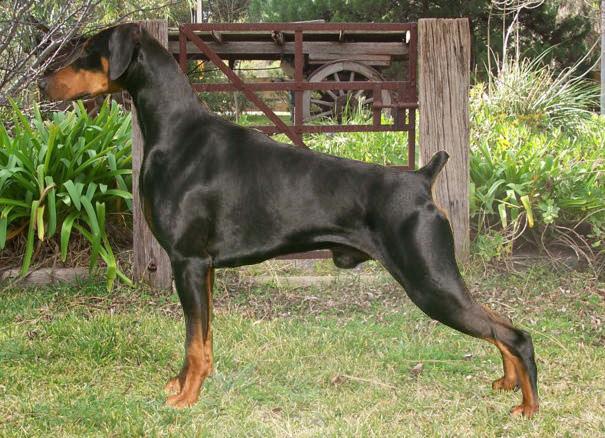




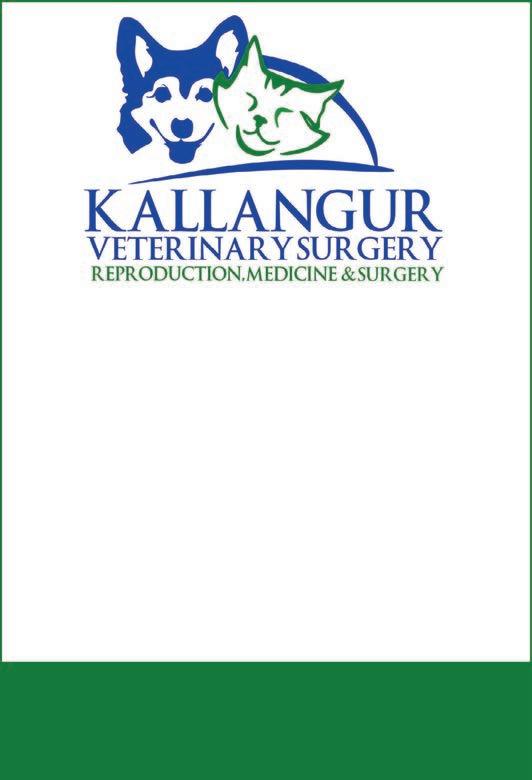
More than 110 breeds
Hand-crafted .925 recycled Sterling Silver
Pendants Necklaces Rings Ear rings Toe rings Ribbons Tie Pins Memorial Charms Agility Utility More...

Free Shipping Australia wide Gift wrapping on request
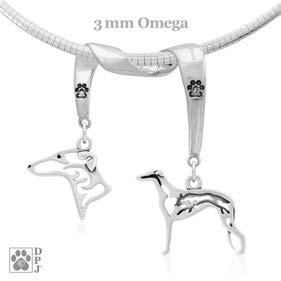
Now available in Australia www.animales.com.au
• Transcervical insemination with fresh, chilled and frozen semen. • Semen collection and freezing. • In-house progesterone testing - results in 20 minutes. • Dog and bitch fertility assessment and much more.
Dr Scott Norman BVSc PhD DACT
Registered specialist - veterinary reproduction Dr Jennifer Larsen BVBiol BVSc Ph (07) 3204 4332
1474 Anzac Ave Kallangur 4503
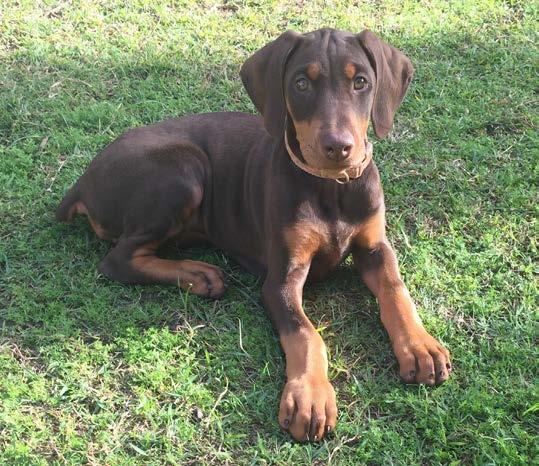
cause if you ask any Dobermann owner for their dog’s nick-name they will tell you, its “Velcro” simply because they stick to their owners, just like Velcro does. GENERAL APPEARANCE
The Dobermann is a sleek, powerful, smooth coated dog, compactly built, medium sized square dog, muscular, of great elegance and grace who is capable of great speed and endurance. Although powerfully built he is elegant in appearance, but not from over fineness or greyhound like appearance, but rather from power and strength, proud carriage and great nobility. TEMPERAMENT
The Dobermann is bold, alert, fearless, wary of strangers, loyal and always willing to please his master, confident and courageous. He is dignified and aloof, which has been described as the “Look of Eagles”. His powers as a Guard Dog, Police Dog, Rescue Dog and Companion are legendary and above all he is a faithful companion with a deep love for his family and in particular young children. COLOURS
The Dobermann can be one of four colours: Black, Brown, Blue or Fawn – all with well-defined rust markings. HEALTH
Conditions that may affect the life of the Dobermann:
• Dilated Cardiomyopathy: is a disease that affects the muscles of the heart. Dobermanns along with other large breeds are prone to this disease. • Wobblers Syndrome: Canine wobbler syndrome usually develops gradually. The clinical signs start as mild weakness in the hind legs which progress to more severe signs. In older dogs, marked
neurological signs associated with canine wobblers disease are usually seen between seven and eight years of age. • Von Willebrand’s Disease is a deficiency in Von
Willebrand’s factor, which is involved in the clotting of blood which result in excessive bleeding. IN SUMMARY
The Dobermann is the most affectionate of dogs who wants to be with you and be part of you at all times. Sometimes, one might feel a sedate lick of a tongue, but its rare – more often it’s the sheer presence of the dog cuddled up besides you. He is not a dog that can just be left out in the backyard and forgotten as he has too strong a personality for that. He is affectionate and loving, but with a noble kind of affection. The Dobermann is a family dog who graciously welcomes visitors and enjoys company provided that you too are there. He is wonderful with children and considering he is such a strong, energetic dog he understands that small children mean no harm when they pull on his ears or tail.
Article republished in part from ‘The Australian Dobermann’ with the kind permission of Narelle Robertson. Additional information sourced from ‘The Dobermann Pinscher’ by Philipp Gruenig.
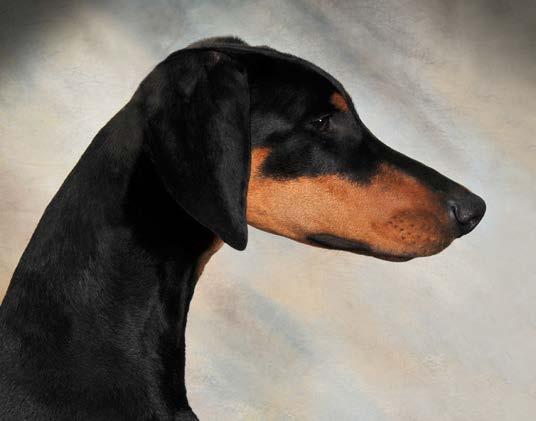
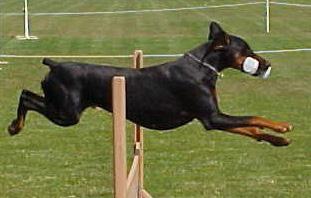
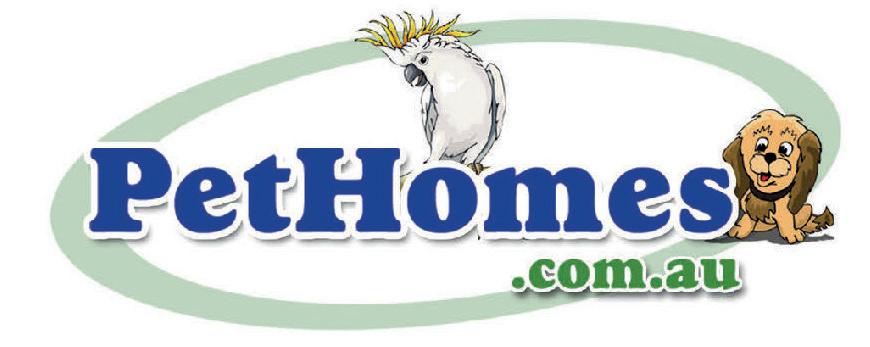
Beatty Rd
Acacia Ridge State School
Bowhill Rd DURACK
Blunder Rd Dogs Queensland
Inala Ave Sherbrooke Rd
WILLAWONG
IMPORTER OF INNOVATIVE PET PRODUCTS
Watson Rd Beaudesert RdACACIA RIDGE
Pet Homes 10 Miltiadis St
Paradise Rd
Wire Pen Range Tube Frame Pens We also stock Soft Kennels and Crates

WHOLESALE DIRECT TO THE PUBLIC Buy on our website at www.pethomes.com.au UNIT 1 – 10 MILTIADIS ST, ACACIA RIDGE 4110 Phone: 0418 783 555 or 3113 3266
WE FREIGHT ALL OVER AUSTRALIA!
To make a purchase call 3252 2661 or email barbara@dogsqueensland.org.au

OZ TRAIL MEMBER DISCOUNT
Members looking top purchase dog–related products including gazebos, chairs and more can now take advantage of a 25% discount from Oz Trail. The Dogs Queensland collection can be viewed by visiting https://www.oztrail.com.au/ collections/dogs–queensland Members will need to enter the promo code DOGGIEDEAL21 with the discount being applied at checkout when using the link: https://www.oztrail.com.au/discount/ DOGGYDEAL21?redirect=%2Fcollections% 2Fdogs–queensland









